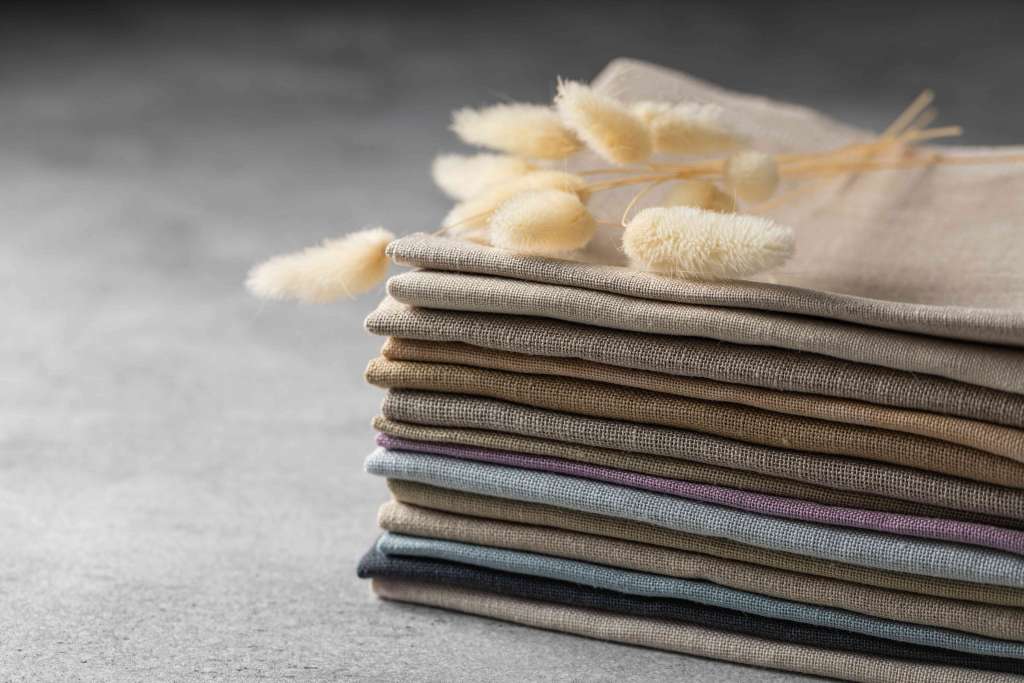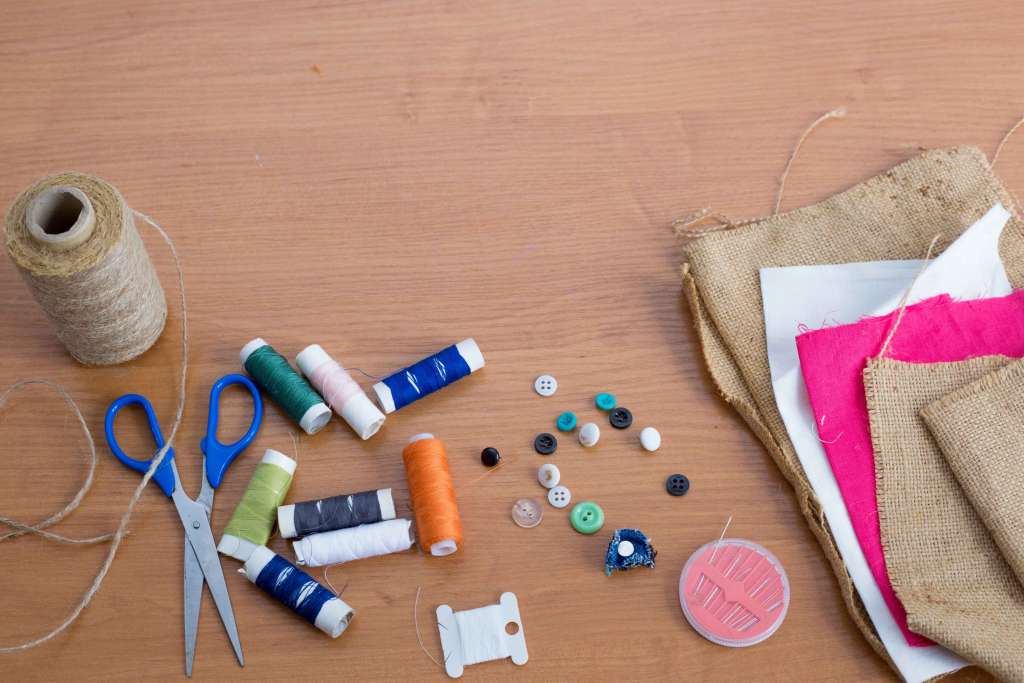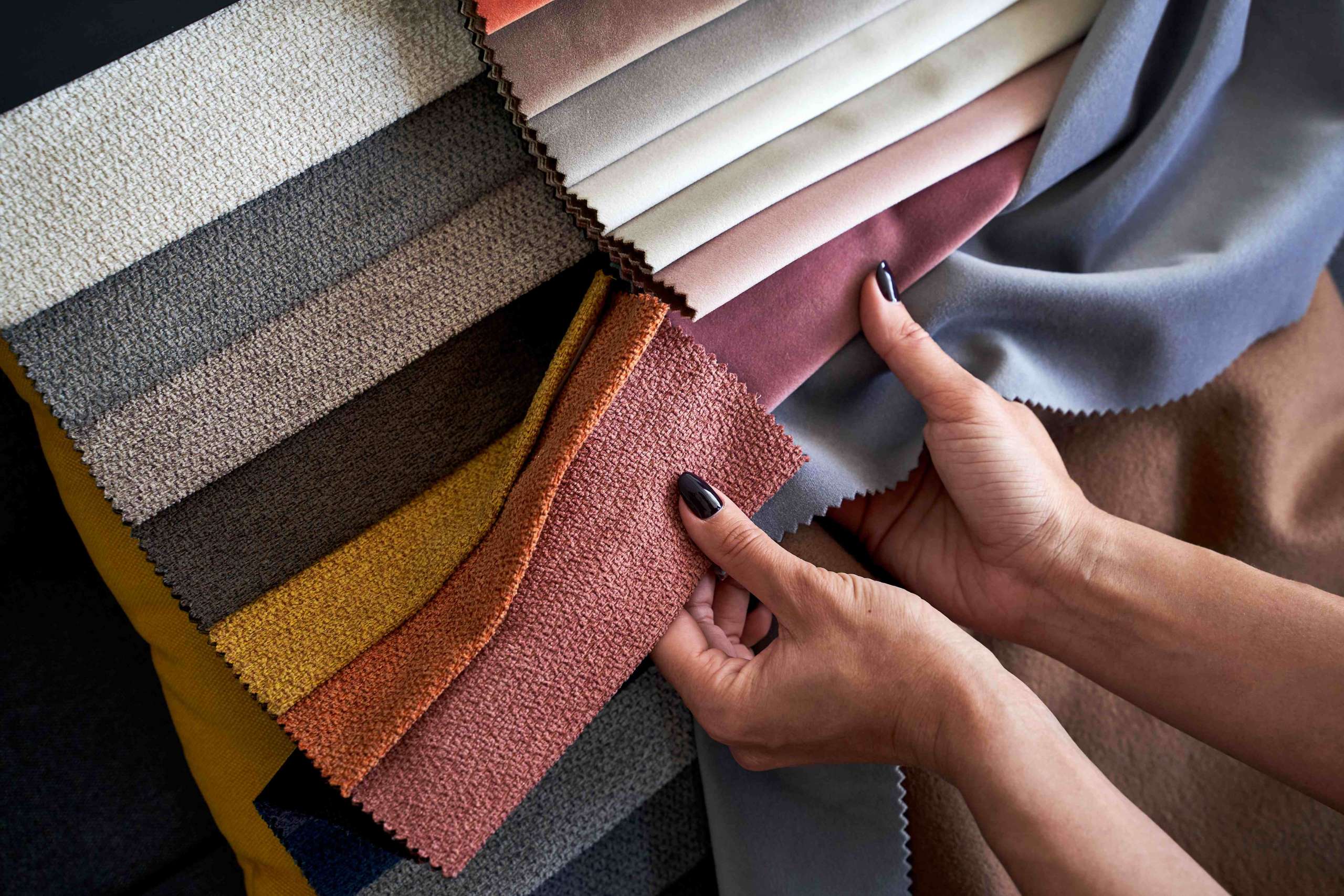How To Calculate Garment Cost Using Available Information?



The garment cost includes the costs of raw materials and charges of different services used to manufacture and relay the product to the consumers. Calculating the garment cost is essential for a retailer as it helps them estimate their profits and plan the budget for future releases. Therefore, every clothing manufacturer needs to know how to calculate the garment cost and the factors that affect this cost.
Importance of garment cost in the fashion industry
In the fashion industry, the process of finding the cost of manufacturing a product or garment is called costing. And this process includes the evaluation of costs of raw materials, trims, packing, construction methods, shipping, and other operational and labor expenses. A final cost is determined after evaluation, which is important to both seller and buyer.
For a seller, the garment cost is detrimental in calculating the total profit and loss from the garment as this cost act as a benchmark. Furthermore, a seller adds up some markup percentage to this cost to get the final cost of the product they charge from the buyer. The markup percentage is estimated based on a buyer’s cost expectations and other factors that affect the sales of a product.
Prerequisites for calculating the garment cost
Every fashion brand wants to find the exact garment cost to ensure that their prices not only justify the buyer’s expectation but also earn them a decent profit. So to find the accurate garment cost, one needs to keep the following information handy.
- Process cost
- Percentage and cost of fabric lost in the process
- Cost of yarn used in the garment
- Amount of fabric consumed per garment
- Quantity of garments produced
- Cutting, sewing, and trimming charges (CMT)
- Cost of labor
- Commissions charged by intermediary
- Type of shipment used and cost of that shipment
- Standard minute value or SMV
- Thread costs
- Labor cost per minute
- Over-head charges
- Cost, insurance, and freight (CIF)
- Utility charges for machinery used in manufacturing
- The profit that the seller intends to make out of the product
Steps to calculate garment cost
Brands and clothing manufacturers must follow these steps to calculate the garment cost.
Step 1
Gather all the information mentioned in the previous section and arrange it in a tabular format.
Step 2
Find out the total amount of fabric consumed in creating a garment. One can use the following formula to do so.

Fabric consumed per garment = Fabric consumption (1 + percentage of fabrics wasted in the process)
Step 3
Now calculate the cost of making each garment. This will include the sum of the costs of all the processes involved in manufacturing garments. The formula for the cost will differ from manufacturer to manufacturer because every manufacturer does not have the same set of machinery or labor charges.
However, the generic formula to calculator cost per garment is as follows -
Cost per garment = [Total fabric consumed per garment ( Cost of fabric per garment+ CIF per garment)] + ( Total fabric consumed per garment Cost of fabric per garment * Finance charged for each garment) + other costs of the process involved in manufacturing a garment ( CMT costs and other overhead charges)
Step 4
Find the cost of thread used in the fabric; to do this, one can use the following formula.
Thread cost = (Thread consumed per garment * Cost of one thread cone) / Cone size ( in meters)
Here, the cone size is the total length of thread in one thread cone.
Step 5
Next, the manufacturer must determine the labor cost of creating one garment. One can use the following formula to get the labor cost.
Labor cost = SMV* Labor cost per minute
SMV - Standard minute value
Step 6
Finally, the total garment cost is to be calculated. The formula for total garment cost is -
Total garment cost = Cost per garment + Thread cost + Labour cost + Shipping charges per garment
However, the garment cost for a buyer is the sum of the total garment cost and the profit a seller wants to make from that garment.
Tips to lower the garment cost.
Every fashion brand strives to cut down the garment cost to maximize the markup percentage and earn high profits. They can do so by adjusting certain costs to make the garment cost. Some of these factors that affect the garment cost are as follows -
Fabric consumption
Soon after the samples and the design are approved, manufacturers decide the amount of fabric consumed by the clothes. And the cost of fabric makes up about 60 to 70 percent of the total garment cost. Thus it is the most crucial factor in controlling the garment cost. The fabric cost is determined by the cost of spinning, fabric type, percentage of shrinkage, and the fabric GSM (Gram Square Meter).

Fabric consumption is measured in grams using the mathematical and marker planning system. Brands generally use the mathematical method of calculating the amount of fabric to determine the amount of fabric required using the length and breadth of the design. However, the marker planning method utilizes software like Computer-Aided Design (CAD) and Computer-Aided Manufacturing (CAM) to determine fabric consumption.
Cost of dyeing
The type and shade of dye used in a particular garment affect its final price. For instance, if a brand chooses to print light-shaded clothes, it can significantly cut down its dyeing cost. Furthermore, they can manufacture more clothes with primary colors rather than costly secondary colors.
Knitting Cost
Knitting cost is driven by the Gram Square Meter of fabric used in the garment. The type of machine, fabric, and knitting affects the knitting cost of any garment. However, if a brand manufactures woven apparel, then the cost of knitting is determined using EPI or Ends per Inch.
Brand manufacturers who want to reduce the garment cost can decrease the knitting cost by increasing the beam size. In addition, they can also choose between different kinds of weave like twill, plain, and satin and make changes in the machinery employed in manufacturing to cut down the garment cost.
Costs of additional items
Apart from threads, fashion brands need additional accessories like buttons, zippers, labels, and other small items attached to a finished garment. However, a brand can choose to buy a low-quality thread to manufacture their collection, but that won't do them any good as it will ruin their brand identity. So what brands can do to minimize their garment costs, brands ensure that they use minimum accessories in their clothes. These accessories' size, shape, and color also affect the final cost.
Conclusion
The garment cost is a very crucial parameter in determining the amount of profit and loss that fashion brands make. Apart from the cost of garments, it is also important that fashion brands get their products on time to ensure that they meet the demands of their customers. In this case, Fashinza will greatly help a fashion brand.

Fashinza is a platform for B2B apparel manufacturing. They assist clothing brands in the production of their collections by connecting them with suppliers. They manage the entire manufacturing process, from design to delivery; their partner brands only need to place the order. The platform is the main offering of Fashinza, where brands can place orders, track them, receive daily production updates, communicate with manufacturers, and make payments.



















